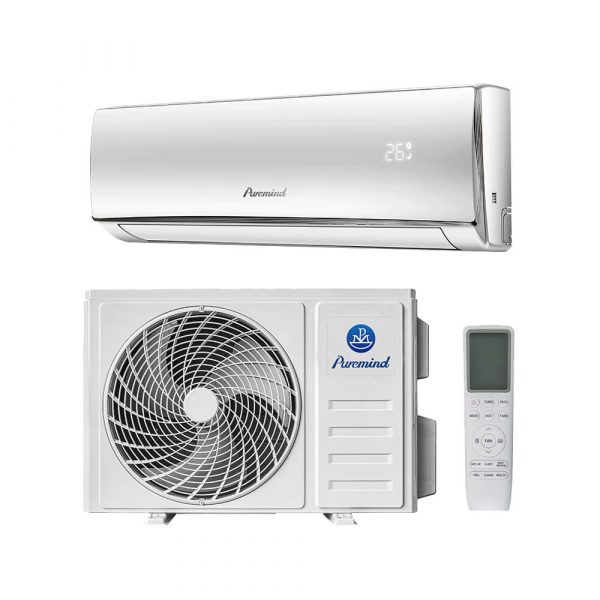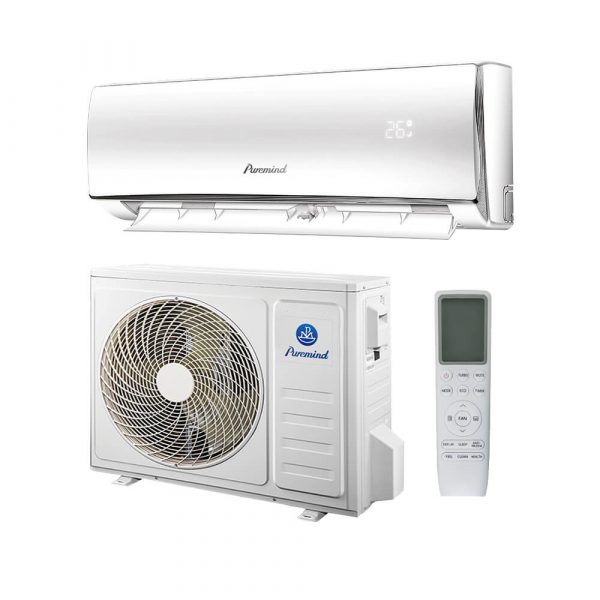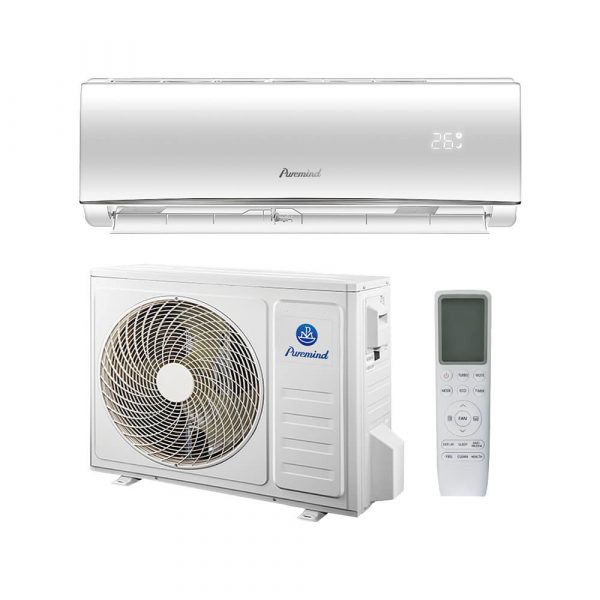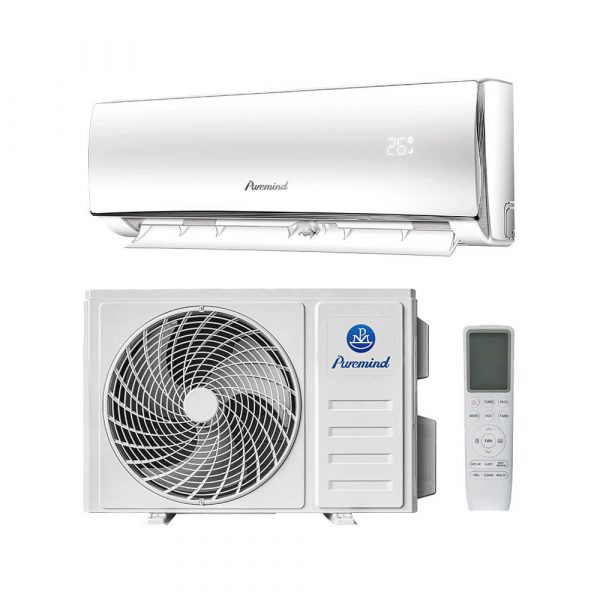Window Mini Split Air Conditioner: 2025 Complete Guide
The window mini split air conditioner is an increasingly popular cooling and heating solution for residential, commercial, and light industrial spaces. Combining the compact form factor of a window unit with the efficiency and performance of a split system, it offers a flexible alternative to traditional air conditioning setups. This guide will explore how window mini split ACs work, their advantages, disadvantages, applications, and the latest trends in 2025.
What Is a Window Mini Split Air Conditioner?
A window mini split air conditioner is a hybrid HVAC system that merges the concept of a ductless split AC with a design that allows part of the unit to be mounted in or near a window. Unlike conventional window ACs that house all components in a single casing, a window mini split separates the condenser (outdoor unit) and evaporator (indoor unit) for improved efficiency and quieter operation.
How It Works
Like a traditional mini split, the window mini split air conditioner uses refrigerant lines to transfer heat between the indoor and outdoor components. Here’s the process:
- The indoor unit draws warm air from the room and passes it over an evaporator coil filled with cold refrigerant.
- The refrigerant absorbs heat and carries it to the outdoor condenser unit.
- The condenser releases the heat outside, and the cooled air is circulated back indoors.
- In heating mode (for heat pump models), the cycle is reversed to bring warm air inside.
Advantages of a Window Mini Split Air Conditioner
- Energy Efficiency: Inverter technology and separated components reduce energy waste.
- Quiet Operation: The noisy compressor is placed outside the main living or working area.
- Space-Saving Design: Can be mounted near a window without occupying an entire wall.
- Easy Access for Maintenance: The modular design allows for easier servicing.
Drawbacks to Consider
- Installation may be more complex than a regular window AC.
- Higher upfront cost compared to traditional window units.
- Requires exterior clearance for the condenser unit.
Window Mini Split vs. Traditional Window AC vs. Full Mini Split
| Feature | Window Mini Split AC | Window AC | Full Mini Split |
|---|---|---|---|
| Installation | Professional recommended | DIY possible | Professional required |
| Cost | Medium | Low | High |
| Noise Level | Low | Moderate to high | Very low |
| Energy Efficiency | High | Moderate | Very high |
| Cooling Range | Small to medium rooms | Small rooms | Small to large/multi-zone |
Applications in 2025
- Residential: Bedrooms, home offices, small apartments.
- Commercial: Small offices, cafes, and boutiques.
- Hospitality: Hotel rooms, guesthouses, vacation rentals.
Energy Efficiency in 2025
Modern window mini split air conditioner models feature inverter-driven compressors and eco-friendly refrigerants like R-32, offering higher Seasonal Energy Efficiency Ratio (SEER) ratings compared to older systems. Many units are also Wi-Fi enabled, allowing remote control and scheduling via mobile apps.
Maintenance Tips
- Clean air filters every 1–3 months.
- Inspect refrigerant lines and electrical connections annually.
- Clear debris from around the outdoor condenser unit.
- Schedule professional servicing once a year for optimal performance.
Cost and Return on Investment
While a window mini split air conditioner costs more upfront than a traditional window AC, the long-term savings in energy bills and reduced maintenance can offset the higher purchase price within a few years. This makes them attractive to both homeowners and commercial property managers.
Where to Buy
If you’re looking for high-quality mini split systems, explore our range of split air conditioners designed for durability, efficiency, and comfort in various applications.
Authoritative Resources
For detailed HVAC performance standards and guidelines, visit ASHRAE, the leading authority on heating, ventilation, and air conditioning.
Conclusion
The window mini split air conditioner offers a balance between affordability, efficiency, and comfort. With advancements in technology and growing consumer awareness of energy efficiency, these systems are poised to become a leading choice in the HVAC market for 2025 and beyond. For wholesalers, suppliers, and distributors, understanding their features and benefits is key to meeting market demand and guiding customers to the right cooling solution.







